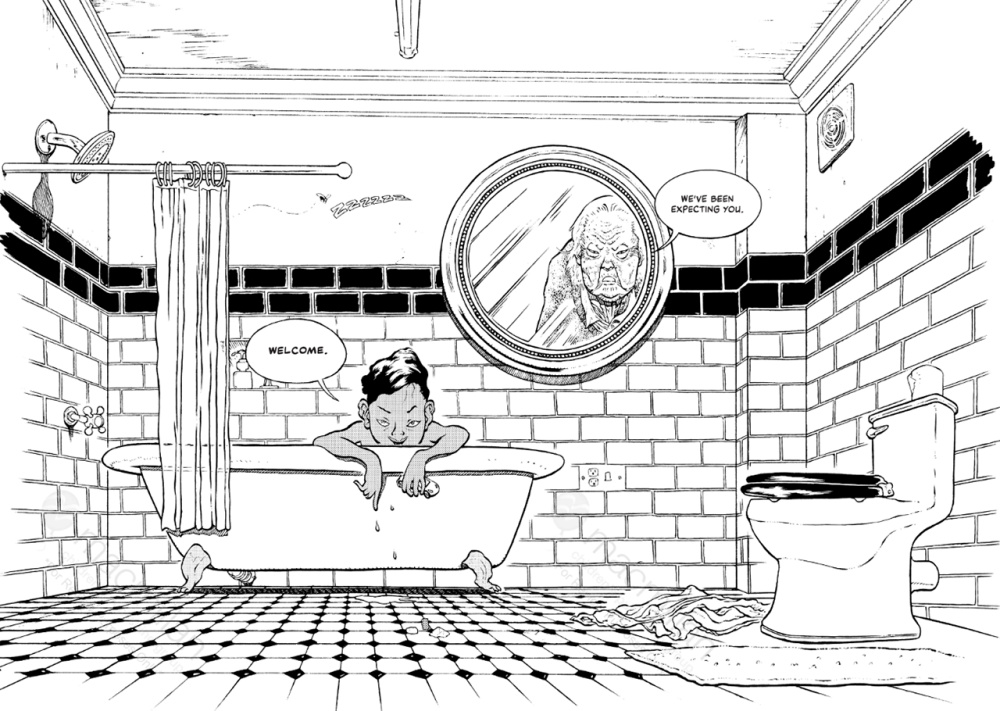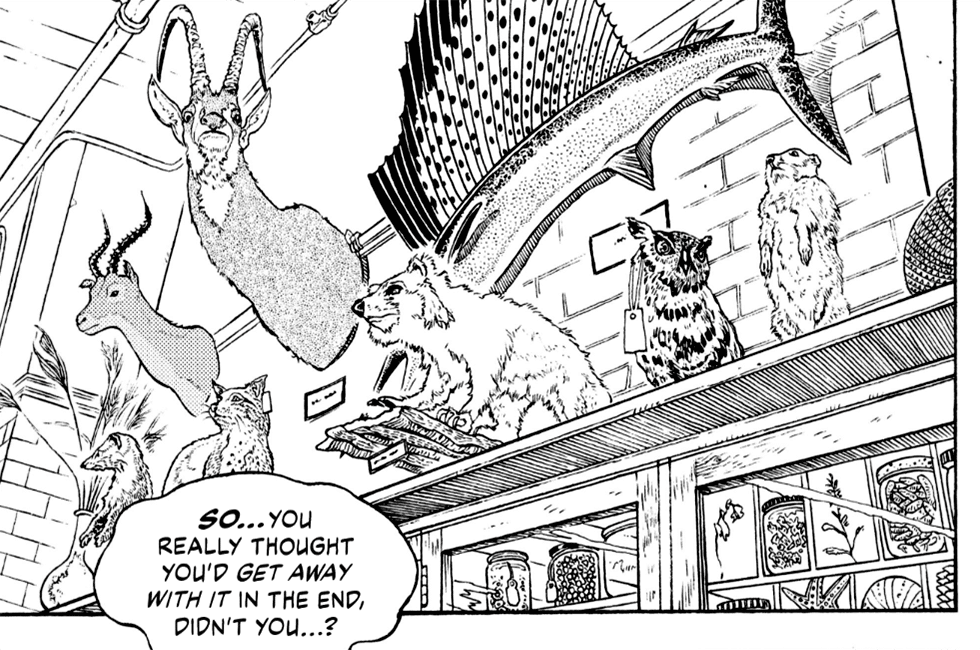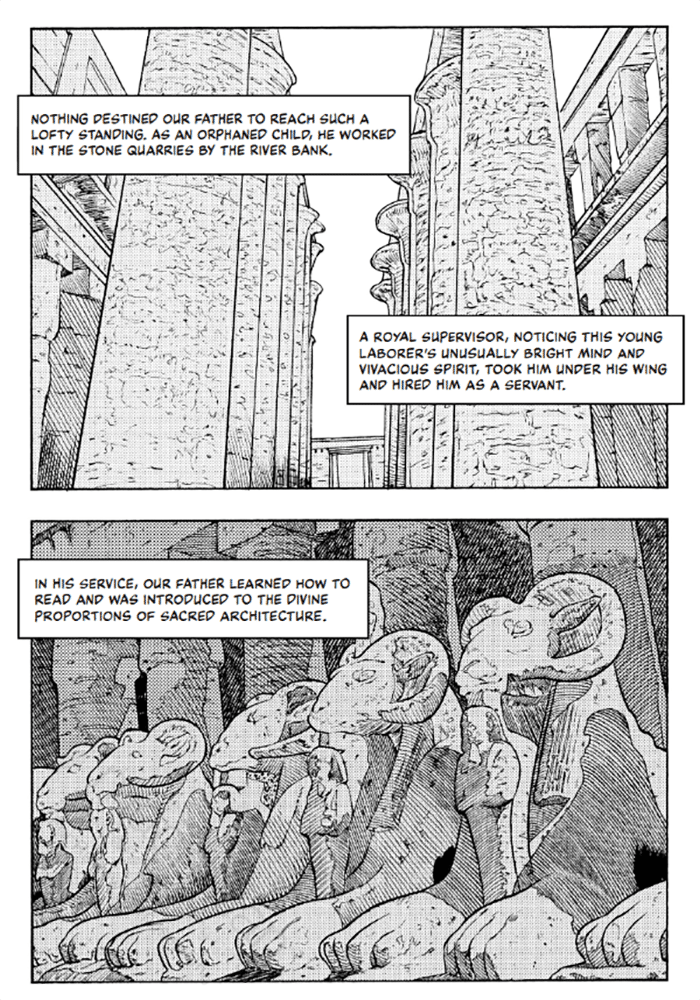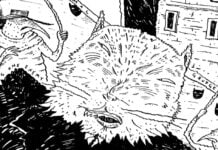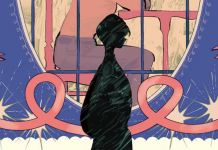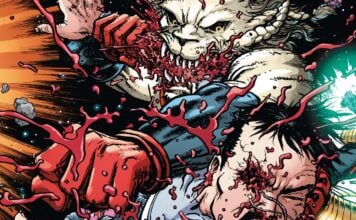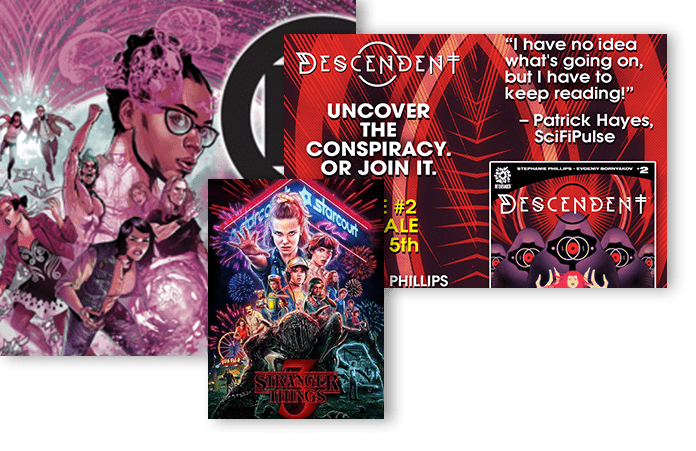 The Harrowing Game
The Harrowing Game
Cartoonist: Antoine Revoy
Publisher: 23rd St. Books
Publication Date: May 2025
At the top of the stairs is a bathroom, empty except for an old-fashioned bathtub and a cracked mirror on the wall. In the doorway is a confused girl. In the mirror is a wizened old woman. In the tub is a grinning child, and the child wants to play. He will tell a story, the old woman in the mirror will tell a story, and the strange girl who joins them without understanding how she got there will tell a story too. The prize won by the person who shares the scariest story is simple – they get to leave.
Antoine Revoy’s The Harrowing Game brings together three stand-alone stories whose subtle connections are cleverly revealed by a thrilling conclusion. Revoy’s art is inspired by the detailed linework and grotesque distortions of Junji Ito, but the subtle twists and surprising developments of The Harrowing Game contribute to the artist’s own unique brand of horror.
The strength of the stories of The Harrowing Game lies in the specificity of their settings. Revoy invites readers to explore the storytellers’ strange worlds through the eye-catching establishing panels that open each scene and the meticulously detailed backgrounds that follow.
The first story, “All-You-Can-Eat,” is set in and around the campus of the Rhode Island School of Design. We follow a young and handsome adjunct professor who exudes friendliness as he strolls the tree-lined streets of Providence. He’s fascinated by small fish and mammals, an interest that seems suspicious in light of the recent unexplained disappearances from the school’s collection of taxidermied natural specimens. The professor is confident in his mastery over the natural world, but it’s hubris to forget that humans aren’t also made of meat.
The second story, “The Architect,” transports the reader to Egypt’s Fourth Dynasty at the height of its wealth and power. A famous architect prepares to finish one final pyramid construction job, but what he plans to entomb beneath the earth is far more fearsome than a deceased pharaoh. The architect’s youngest son has followed him to the site out of respect and admiration, but the child’s presence causes the architect’s carefully laid plans to go horribly amiss.
Revoy references H.P. Lovecraft in his opening tale of Providence, and it’s difficult not to see echoes of Lovecraft’s famous short story “Under the Pyramids” in the plot and setting of “The Architect.” Revoy is not content simply to borrow Lovecraft’s atmospheric flourishes, however; nor does he allow the author’s Orientalism to pass unremarked and uncriticized.
Instead, Revoy directs his meticulous artistic attention to depicting the details of the real history and culture of an ancient civilization. At the same time, he allows its people to be just as human as anyone alive today. When juxtaposed against the intimacy of the characters’ personal stories, Revoy’s depictions of the grand architecture of Egypt and Providence are all the more impressive by contrast.
The beautiful diversity of the past, present, and future presented by The Harrowing Game would make Lovecraft sweat with anxiety. Meanwhile, it’s a pleasure for a contemporary reader to observe a classically gothic narrative style applied to the familiar details of the world we know and inhabit. In the same way, it’s interesting to see artwork so directly inspired by Junji Ito used to depict contemporary America.
The visual and narrative stylizations of The Harrowing Game transcend simple pastiche. Revoy’s style is his own, and he is a master of elevating the mundane into the realm of the darkly sublime. The Harrowing Game will present the reader with a simple wooden door, and the mere sight of it will be horrible.
The Harrowing Game will delight fans of Junji Ito and H.P. Lovecraft, to be sure, and connoisseurs of horror will appreciate Revoy’s intriguing interpretations of familiar tropes. Revoy twists gothic stories into broken reflections of cultural anxieties, and the storytelling is no less dramatic for the subtlety of its social commentary. If nothing else, it’s a pleasure to get lost in the details of Revoy’s spectacular illustrations. Whether you’ll be able to find your way out untouched and undisturbed is another story.
The Harrowing Game is available on May 27
Read more great reviews from The Beat!

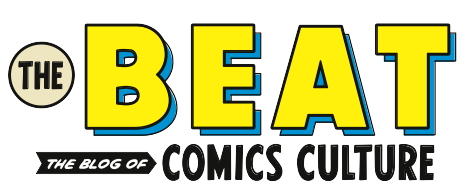
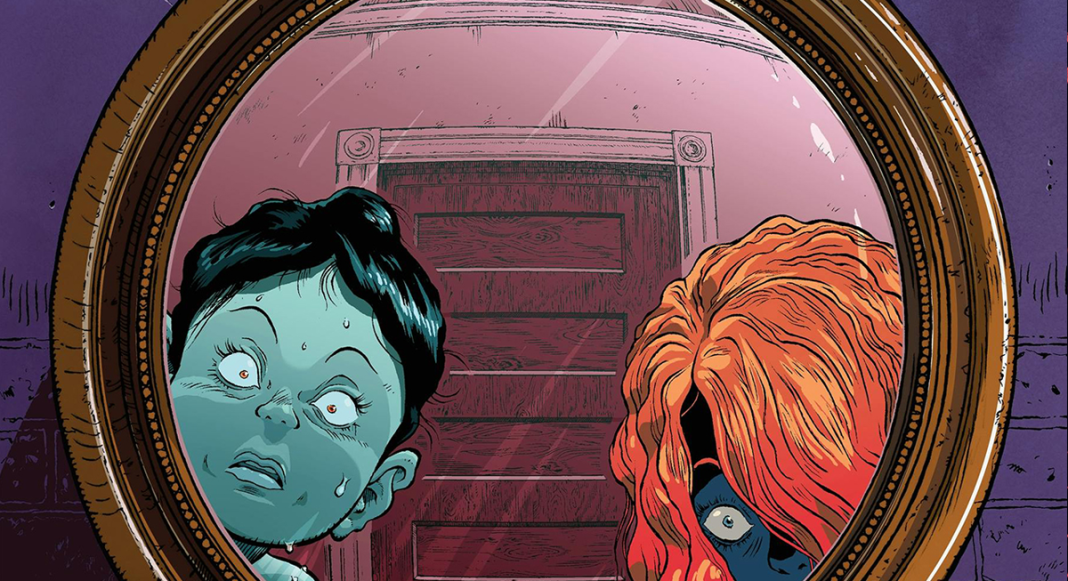
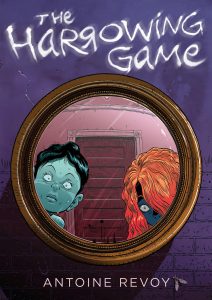 The Harrowing Game
The Harrowing Game